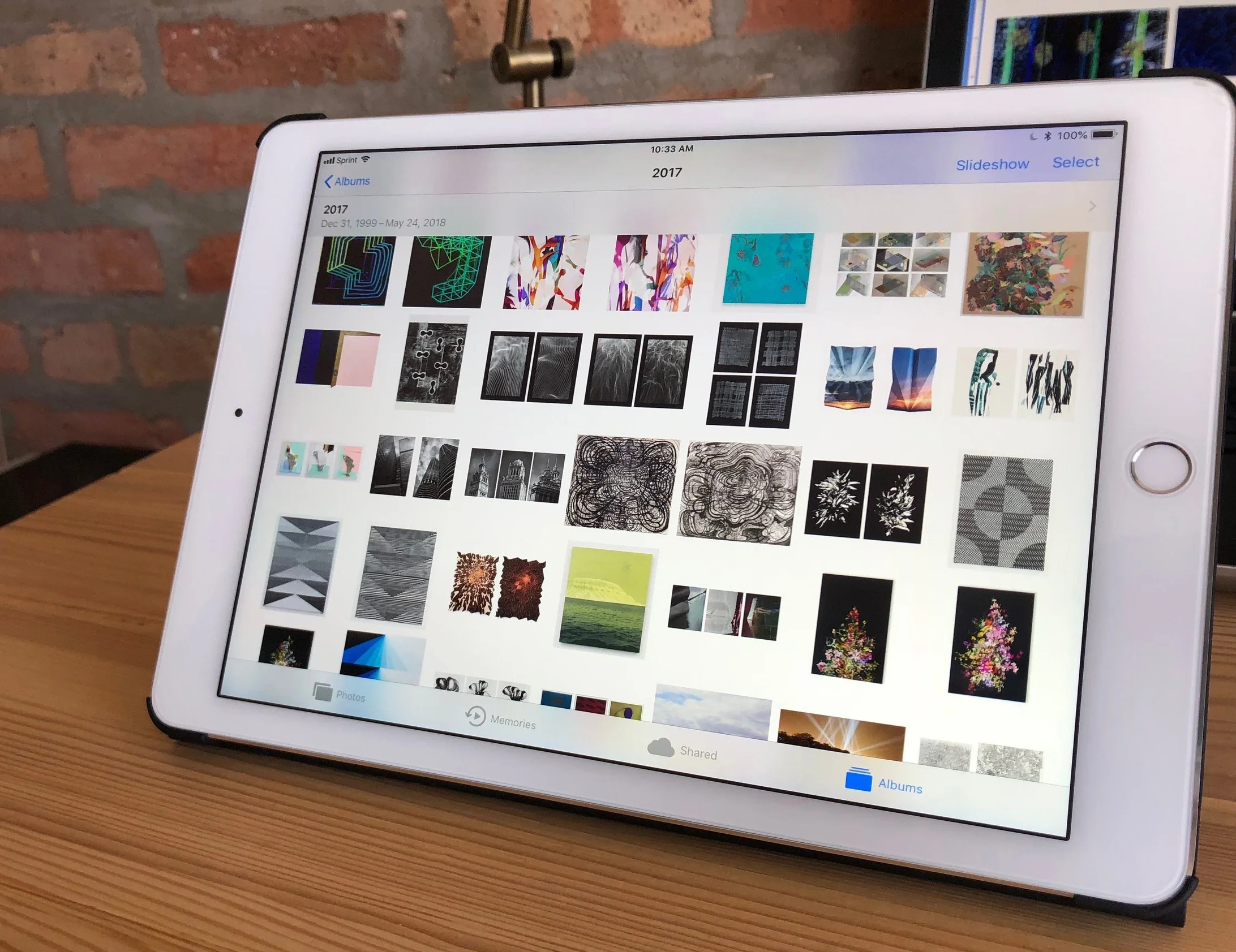Presenting Artwork for Acquisition
As a corporate art advisory, recommending artwork for acquisition is a significant part of our job. It’s important to communicate what makes a work of art special, and hours of research, studio visits, and gallery attendance informs what we select for a presentation.
WHAT WE LOOK FOR
When researching artwork, our goal is to find work that will add value to a client's collection and enrich the aesthetic of their space. We pay attention to the trajectory of an artist’s career, experience, and education, as well as their motivation for art-making. We want to learn the context behind a work of art, and relaying that to a client sparks a dialogue about the deeper implications of an artwork. When clients know what motivates an artist, it gets them excited about the unique story behind art in their collection. This fosters a sense of pride and interest that leads to larger, more innovative conversations and connections within their professional environment. Exposure to an artist’s creative method facilitates out-of-the box solutions to problem-solving.
We try to learn as much as we can about an artist’s technical process and surface information in our research. In a presentation, we work to translate the intricacies of a surface or media that can only be seen in person. Taking notes and pictures of surface detail, texture, and pigment value is critical to understanding the individual presence of an artwork.
HOW WE PRESENT
Nothing quite replaces seeing work in person, as color and light vary widely in presentation media. When possible, we try to bring clients to galleries and studios to see artwork, but the logistics involved are unrealistic for most situations. Each presentation is tailored to the specific client and project, and the methods we employ vary widely. One approach we include is showing high-resolution digital images. Whether streamed through a large monitor or on a hand-held iPad, we source large image files from galleries to show as much surface texture as possible.
In areas of new construction, we’ll work with CAD drawings and superimpose artwork to scale; this shows the impact the art will have, as well as how it will interact with other artwork in the space. For the final stages of many acquisition projects we’ll Photoshop artwork into the room to help our clients make decisions about style, scale, and hanging approach. This is a great tool for determining display design and framing as well.
As technology changes, we work diligently to learn new ways to help our clients understand their options for acquiring artwork and decide what will be the best fit for the continued growth of their collection.
. . .



